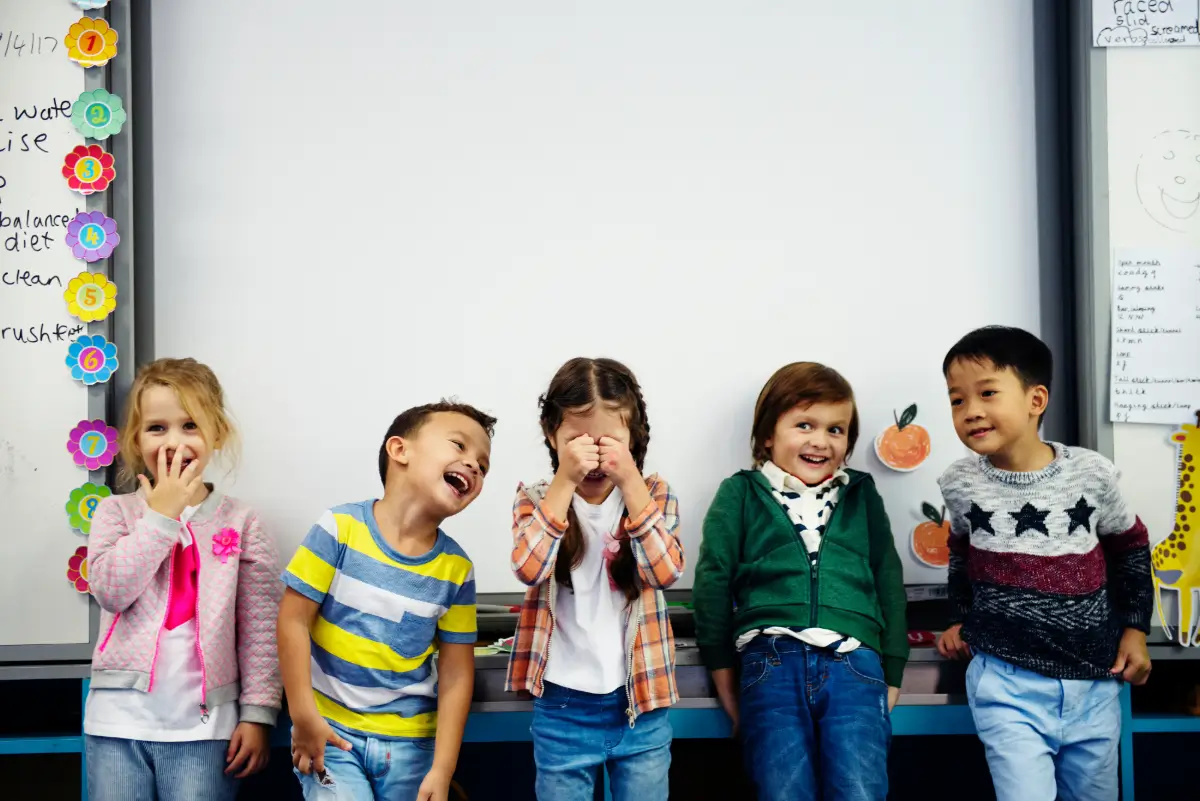
Research-Based Strategies for Teaching ELL Students
Research shows that ELL students prefer a kinesthetic learning style. Incorporating movement-based learning strategies into lessons can help bilingual classrooms thrive.

Happy Women’s History Month! We want to provide you with information to help you celebrate the achievements of women in math. Although women make up almost 50% of the workforce, there are only 28% of women in STEM fields as opposed to 72% of men. Many girls interested in math and science do not pursue these careers because they face discouragement from peers and mentors. Let’s inspire young women by taking a look at five women in mathematics whose contributions really add up!
Born into a family of Russian nobles, Sofia Kovalevskaya learned calculus from a young age by reading her father’s old notes that were used as wallpaper in her nursery. After gaining support from her uncle and neighbor, she went to study mathematics in St. Petersburg and later at the University of Gottingen in Germany. There, she became the first woman to receive a PhD in mathematics for her work on differential equations. In addition to her contributions to mathematics, Kovalevskaya was a prevalent writer and activist for gender equality.
Ada Lovelace is largely considered the first computer programmer. At age seventeen, she met Charles Babbage, who had developed the Analytical Engine– a predecessor to early computers. She used her extensive knowledge of mathematics to program the Engine, a feat few had managed to accomplish. In addition to figuring out its mathematical capabilities, Lovelace theorized someone could program the Engine to compose and play music. No wonder many consider her as “the prophet of the computer age!”
Rear Admiral Grace Hopper was one of four women in her doctoral program to graduate with a PhD in mathematics from Yale University. When the Navy rejected her enlistment during World War II, she joined the Reserves and began work on the Harvard Mark series of computers. During her time at Harvard, she invented the first compiler, which interpreted text as computer code, and COBOL, the predecessor to modern programming languages. Additionally, she coined the term “debugging” when she pulled a dead moth out of the Mark I! Hopper continues to serve as an inspiration for many women in STEM. Because of her contributions, many scholarships for women in mathematics and computer science are named after her.
Katherine Johnson’s passion for mathematics began at an early age. She skipped several grades and began college courses at West Virginia University when she was thirteen! After receiving her doctorate, she joined the National Advisory Committee for Aeronautics’ West Area Computing group, a group of human computational experts (called “computers” before the advent of modern mechanical computers) composed entirely of African American women. In 1962, she provided the orbital entry and launch window calculations that enabled John Glenn’s orbit around the moon. She also provided calculations that coordinated the Apollo moon landing. She received the Presidential Medal of Freedom in 2015, and her work was profiled in the film Hidden Figures.
Though she faced discouragement from her teachers, Maryam Mirzakhani pursued math from a young age. She pushed to compete for her school in Iran’s International Mathematical Olympiad team, and earned a gold medal as the first woman to compete on her team. She later attended Harvard University, where she studied hyperbolic geometry. Her work on the surface geometry of Riemann surfaces made her the first woman to receive the Fields Medal in 2014.
These women have contributed so much to modern mathematics and science. Use the graphic below to inspire your students with their stories. Tell us about your favorite women in math and science. We’d love to hear all about them!

Research shows that ELL students prefer a kinesthetic learning style. Incorporating movement-based learning strategies into lessons can help bilingual classrooms thrive.

Discover how movement-based learning can help teachers implement effective classroom management strategies for elementary students.

Get ideas on how to celebrate Pi Day 2024 with your elementary students.

Find out how Math & Movement is aligned to your state’s education standards.
Please leave your email and a quick note for us. We will get back to you soon! In the meantime, here are answers to some of our most common questions:
→ Shipping is 10% of the order subtotal.
→Yes, we accept purchase orders!

Enter your email to get our training manual with over 250 active math movements. No materials necessary!